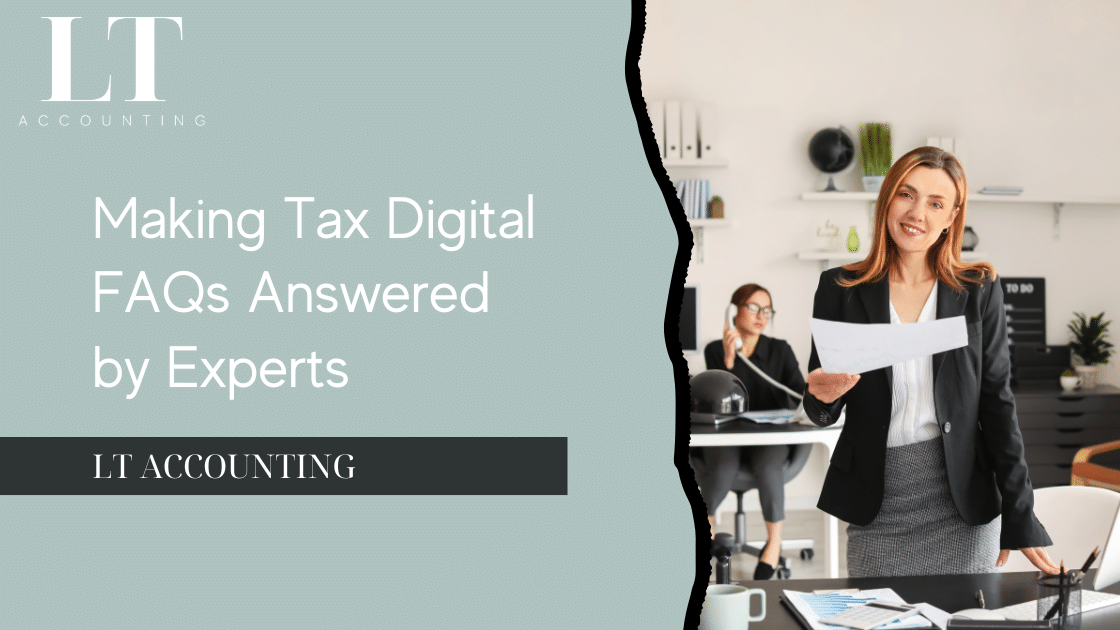As the end of the UK tax year approaches, individuals and businesses alike start looking for ways to optimise their financial strategies, aiming to minimise their tax liabilities. This period of reflection and planning is crucial for making informed decisions that can significantly affect one’s financial health. Year-end tax planning offers a golden opportunity to adjust financial strategies to ensure tax efficiency. Whether it’s through tax-loss harvesting, maximising pension contributions, or timing income and expenses, there are several avenues to explore to reduce tax exposure. LT Accounting, with its deep expertise in UK tax regulations and strategic financial planning, stands ready to guide clients through this complex landscape, ensuring they make the most out of their year-end tax planning.
Understanding the Basics of UK Tax Year – Year-End Tax Planning
The UK tax year runs from April 6th to April 5th of the following year, a timeline that is crucial for tax planning. Understanding this period is essential for individuals and businesses to take proactive steps in managing their tax liabilities effectively. By aligning financial decisions with the tax year, taxpayers can significantly influence the amount of tax owed to HM Revenue and Customs (HMRC). This section sets the stage for why timing is a critical element in tax planning, emphasising the importance of making strategic decisions before the year-end deadline.
Tax-Loss Harvesting for Individuals
Tax-loss harvesting is a strategy employed by investors to reduce their tax liability by selling off non-performing investments to realise losses. These losses can then offset capital gains made elsewhere in their investment portfolio. For individual investors, understanding the nuances of tax-loss harvesting can be the difference between an optimised tax bill and a missed opportunity for savings. This section will delve into the practical steps needed to implement tax-loss harvesting, including identifying underperforming assets and understanding the limits of capital gains tax allowances. It underscores the importance of careful consideration and timing in executing this strategy effectively.
Maximising Pension Contributions
One of the most straightforward yet effective strategies for reducing tax liability is maximising pension contributions. Contributions to pension schemes are eligible for tax relief, meaning individuals can reduce their taxable income by the amount they contribute to their pension, up to certain limits. This section will explore the benefits of maximising pension contributions, including the reduction of taxable income and the enhancement of retirement savings. It will also detail the current year’s limits and thresholds for pension contributions, providing readers with actionable advice on how to leverage this strategy. Furthermore, LT Accounting’s role in aiding clients to plan and calculate optimal pension contributions will be highlighted, showcasing the firm’s value in strategic tax planning.
Optimising Allowances and Exemptions
The UK tax system provides various allowances and exemptions designed to reduce individuals’ tax liabilities. From Personal Allowance to Savings Allowance and Capital Gains Tax Allowance, understanding how to utilise these can significantly impact one’s tax position. This section will offer insights into strategic ways individuals can use their allowances and exemptions to minimise their tax bills. By optimising the use of these tax benefits, individuals can ensure they are not paying more tax than necessary, highlighting the importance of informed financial planning.
Timing of Income and Expenses for Businesses
For businesses, the timing of recognising income and incurring expenses can be a strategic tool for tax planning. By deferring income to the next tax year or accelerating expenses into the current tax year, businesses can effectively reduce their taxable profit. This section will provide examples and strategies on how businesses can leverage the timing of these financial events to their advantage, emphasising the importance of careful planning and consultation with accounting professionals like LT Accounting to ensure compliance and optimisation of tax liabilities.
Making Use of Capital Allowances
Capital allowances offer businesses a valuable opportunity to reduce their taxable profits by claiming for wear and tear on tangible assets. This includes equipment, machinery, and business vehicles, which are essential for operations but depreciate over time. The Annual Investment Allowance (AIA) permits businesses to claim a significant amount of their investment in these assets against their profits, effectively lowering their tax bill. This section will explain the concept of capital allowances, detailing how businesses can claim them on year-end purchases to maximise tax efficiency. Highlighting the AIA and other relevant allowances, it will also showcase how LT Accounting assists businesses in navigating these claims, ensuring they capitalise on the available tax reliefs to enhance their financial health.
Research and Development (R&D) Tax Credits
R&D tax credits are a government incentive designed to encourage companies to invest in innovation within the UK. This can lead to significant tax savings for businesses engaged in qualifying research and development activities. This section will introduce the basics of R&D tax credits, including eligibility criteria and the process for making a claim. It will underscore the potential for R&D tax credits to reduce a company’s tax bill or, in some cases, provide a cash refund, making it a critical consideration for innovative businesses. The expertise of LT Accounting in supporting businesses through the R&D claim process will be highlighted, illustrating the firm’s commitment to helping clients leverage this complex but beneficial tax incentive.
Conclusion
Effective year-end tax planning is an essential component of financial management for both individuals and businesses. By taking strategic actions such as tax-loss harvesting, maximising pension contributions, optimising allowances and exemptions, and timing income and expenses, taxpayers can significantly reduce their tax liabilities. For businesses, making use of capital allowances and claiming R&D tax credits are additional strategies that can lead to substantial tax savings. LT Accounting plays a pivotal role in guiding clients through these strategies, ensuring they are well-positioned to make the most of their financial planning efforts.
The importance of proactive tax planning cannot be overstated. As the tax year draws to a close, individuals and businesses are encouraged to review their financial positions and consult with professional advisers like LT Accounting. With expert guidance, taxpayers can navigate the complexities of the UK tax system, optimising their financial strategies for the present and future. This article has outlined key year-end tax planning strategies, but personalised advice from LT Accounting can provide tailored solutions that cater to specific needs and circumstances.
Encouraging readers to take action and consult with LT Accounting for personalised tax planning advice, this conclusion wraps up the article with a strong call to action. By leveraging the outlined strategies and seeking professional guidance, UK taxpayers can achieve a more favourable tax position, paving the way for financial success in the upcoming tax year and beyond.





